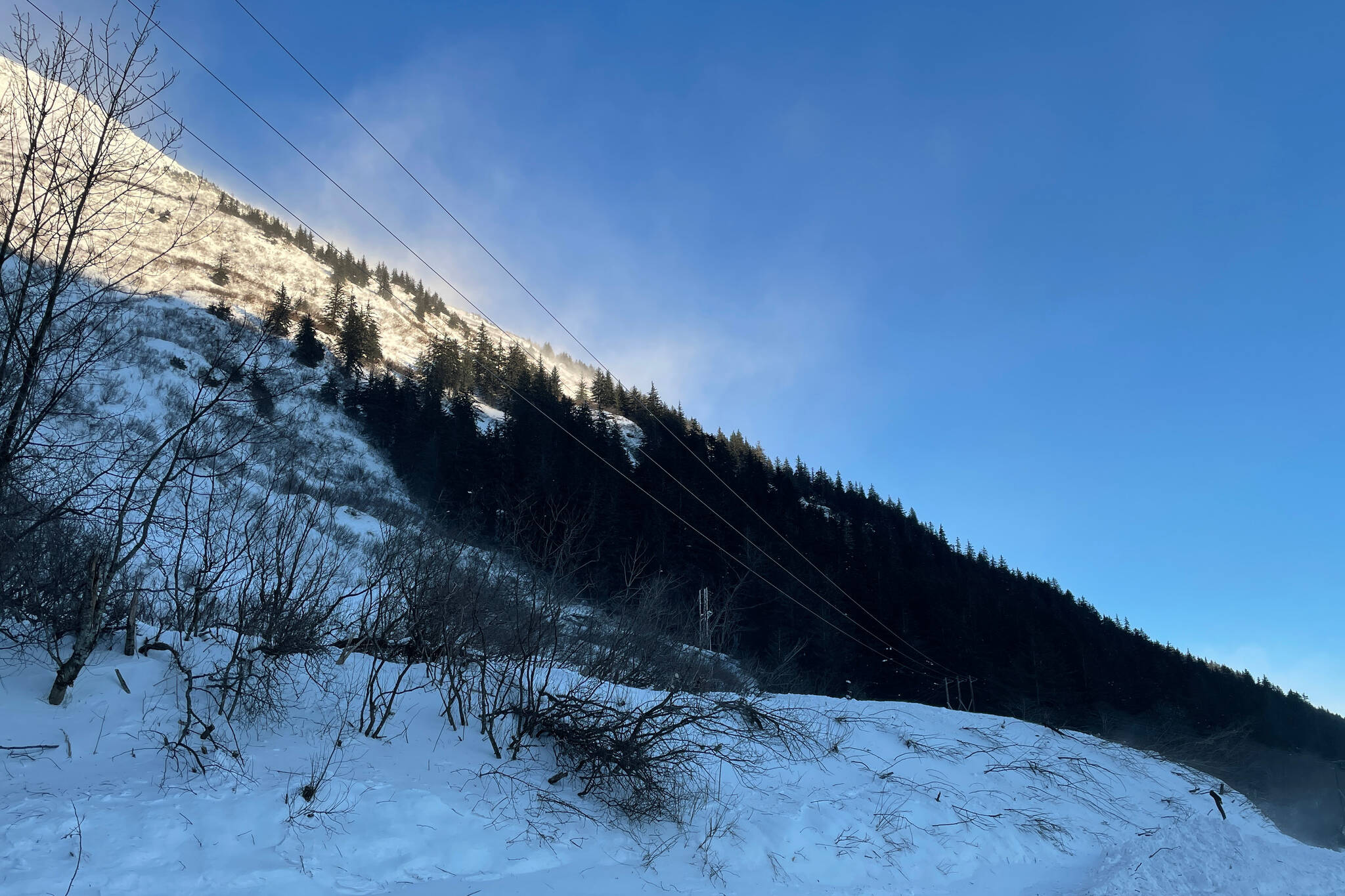By Larry Persily
The deep snow and strong winds are making the moose in Alaska’s Interior cranky.
Who can blame them. More than 4 feet of snow fell in Fairbanks in December, with over 6 feet in Denali National Park. Moose have long, strong legs, but those fur-covered limbs need to carry them around until spring, when there is something more to eat for energy than frozen tree bark and scraps of leftover Halloween pumpkins frozen into the ice.
Grubhub does not deliver to moose.
And even though they don’t have to worry about COVID-19 or wear a face mask or sanitize their hooves, the icy winds and Arctic cold in the minus 40s and 50s are making life just as miserable for moose as if had they tested positive for the omicron variant.
A state wildlife biologist said the dismal conditions have pushed moose to act more aggressively toward people. The animals want out of the snow, “they want to be out on the sidewalks, or hard-packed trails or groomed trails where traveling is easier for them.” They want to take the path of least resistance in the plowed streets.
Imagine just how nasty they would be if they also had to shovel an icy driveway or push a car out of a ditch.
The moose want what people want — the easier path, without getting stuck in the snow and without having to work so hard at moving.
“Their response is to be aggressive when they’re stressed,” the biologist said.
Us too.
It’s been a hard winter throughout the state. Wind gusts topping 90 mph in the Matanuska-Susitna Valley, knocking over a semitrailer and taking out power to more than 22,000 customers. Public schools closed for a week. The wall blown off an A&W and KFC restaurant. Guess Mother Nature doesn’t appreciate the colonel’s chicken.
Delayed heating oil deliveries in Juneau, as frozen lines, icy streets and steep hills conspired to wreck work schedules. The overnight low in Juneau dropped to minus 7 last week. Nothing lucky about that 7.
Snow so deep and so heavy that homeowners in Southeast are cutting out chunks of packed snow from their roofs, measuring the weight, and then checking their insurance policies to see how much coverage they have for roof repairs.
Even Fred Meyer in Juneau closed on Monday, worried about the wet snow load on the roof.
Frozen pipes in Ketchikan, where residents usually enjoy their winters in balmy bliss of the 30s.
Gusts in Skagway blowing past 60 mph, creating a wind chill at minus 40. Rough seas and high winds made it impossible to unload last week’s freight barge until the weather took a breather and relaxed.
A record snowfall on New Year’s Day in Petersburg, at 17.5 inches, bringing the snow depth in town to 40 inches. Not bad for the base at a ski area, but far more than anyone in Southeast is used to shoveling.
Single-digit frigid temperatures in Wrangell last week, followed by a foot of snow last weekend and then a return to the more familiar rain, turning streets into Ice Capades arenas and creating mounds of dirty slush that were about as appealing as the spoiled food residents had to clean out of their freezer after the last power outage.
Passengers stranded for more than a week in Bethel and other hubs of air travel to villages, with the weather grounding flights faster than strict parents ground their children for talking back with attitude.
I could go on, but I’m getting as stressed and cranky as those moose.
It’s only mid-January, and I think Alaskans are just as ready as the moose for winter to end.
Larry Persily is a longtime Alaska journalist, with breaks for federal, state and municipal service in oil and gas, taxes and fiscal policy work. He is currently owner and editor of the weekly Wrangell Sentinel newspaper.

